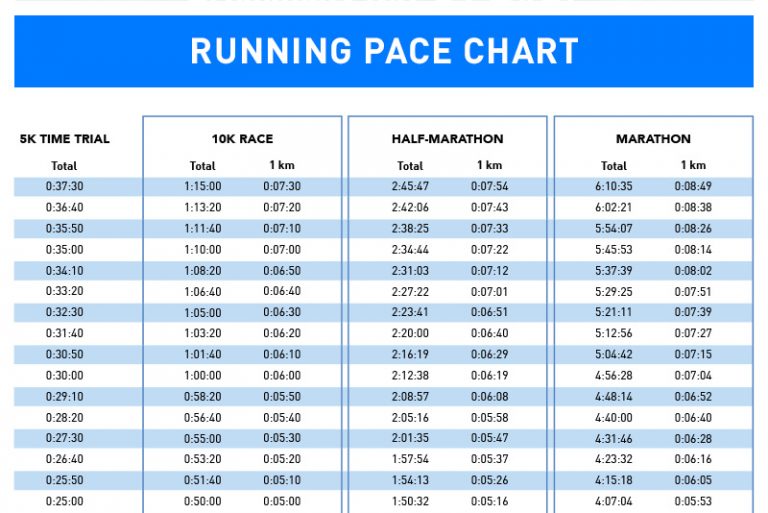
If they row at a 2:00/500m pace, the corrected pace is 1:50/500m. When plotted like this, you can see that a 60 year old gets about a 10 second pace handicap. After 8 years of rowing, my brain is wired to think in those terms. This puts them into pace terms that all rowers can relate to, time per 500m. To make things a little easier, let’s start by dividing the handicaps by two. Here is the US Rowing 4+ handicap plotted as the number of seconds per km versus age. Since the concept2 paces are calibrated to 4+, we will first compare to the US Rowing handicaps for that class of boat, that means we will be using K=0.0216 as the constant in the handicap equation. So, for this analysis, we will be using the pace values from the Concept2 rankings. And frankly, racing is about going fast, so measuring pace is what matters. Equipment to measure power on the water is just starting to become available, and very few rowers use it. (and is user controllable on the RP3, from what I understand). The 2.8 is the empirically determined constant which would be different to emulate the pace of different boats. From what I have read, the pace displayed on the performance monitor is calibrated to the pace that you would see in a 4+ if everyone was pulling the number of watts that the erg is measuring. But, the good folks at Concept2 came up with a formula to provide an estimate of pace. The machine actually measures work, that’s why it’s called an ergometer. The Concept2 rankings provide a rich source of data for large number of rowers with important information about age, weight class and gender captured, but using erg based data to evaluate the handicapping system for on the water rowing has some complications.įirst, pace is an artificial concept on an erg.

I was interested in figuring out how fair the handicap system was for different groups of rowers. This system has a nice simplicity to it, but every handicapping system will give advantages to some athletes and punish others. If we are racing over 1km, you should give me a head start of 6.4 seconds (19.6 – 13.2). If I am rowing head to head against a 50 year old, we can handicap our race by subtracting the values. The handicaps can be used differentially. If I’m 55, and I row a kilometer in 4 minutes (240 seconds raw score), my handicap (19.6 seconds) would be deducted from my raw score to yield a corrected time of 220.4 seconds. The formula and the table gives you a whole bunch of numbers, but what does these numbers actually mean? It turns out that this is the number of seconds of handicap per kilometer rowed. This 1:23.52 adjustment is derived from a formula that you find with some creative googling here.Īn important piece of information is missing.

So, I rowed the course in 25:58.535, an embarrassing couple of minutes slower than the winner, but my “Adjusted” time was 24:35.015. For example, if you race in the Textile River Regatta (which I highly recommend because it’s a great race on an awesome river), you will see this in the rules.Īnd when you see your results, you see this. If you race as a Master in the United States, you find that some events use an age handicapping system developed by USRowing. 50 th, 75 th and 90 th percentile ranking level.This analysis builds on this prior work by using a larger set of to look at different distance events and whether the handicap system is fair for different groups of rowers And just in the past month, Tolly Allen used the C2 rankings data from 2014 to analyze the accuracy of the USRowing handicap system for head racing. A couple of years ago, Carlo Zessa compared actual Head of the Charles performance versus the USRowing handicaps. There are couple of other articles on line that have looked at this topic and both of them are well worth a read. In this part, I will be looking at the US Rowing Age Handicapping system. I was surprised to see that distance performance sustained only a little bit better than sprint performance. In part 3, I looked at age related declines for different duration events. Spoiler alert, lightweight rowers do better as they age than open weight rowers. In part 2, I looked at age related changes in performance for different groups of rowers for the 2k indoor race difference.


In part 1 of this series, I described the data source (c2 online rankings data) and the methods used for the analysis.


 0 kommentar(er)
0 kommentar(er)
